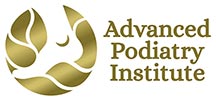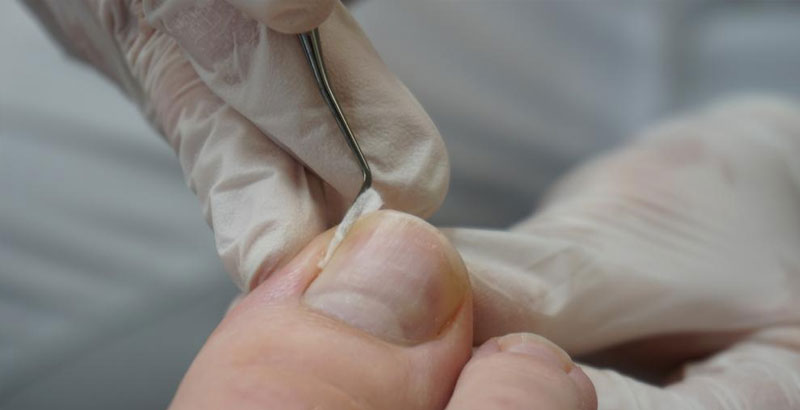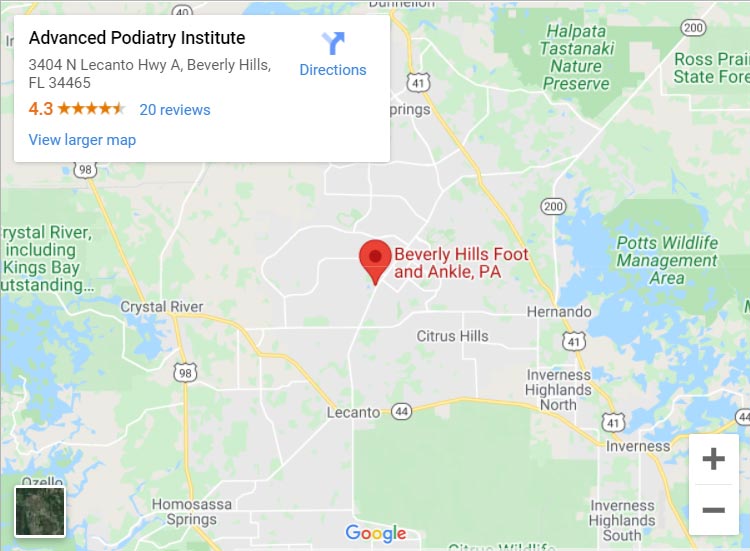What is an ingrown toenail?
Nails grow from an area called the matrix and are made of keratin, a protein found in human skin. Nails in the matrix grow and multiply and as they do so they get pushed out. Old cells start to compact upon themselves into the nail plate. The half-moon shape on your nail, called the lunula, is a visible part of the nail matrix. The underside of the nail plate and the top of your toe where the nail plate grows each have ridges which allow the nail plate to firmly adhere to the underlying skin.
An ingrown nail is defined as when the skin on one or both sides of a toenail develops over the nail edges or when the nail itself grows into the skin. The medical term for the condition is onychocryptosis. Although it most commonly occurs on the big toe, the lesser toes may also be affected.
Why does it happen more to your big toe than your thumb?
The toenail is much more flat than your thumb and as a result, the toenail endures the most stress between growth and adhesion near the tip. The adhesion force and the growth forces are imbalanced, the stress builds up and they can cause the flat toenail to veer off its ridges and cause ingrown toenails. The round shape of a thumbnail decreases these forces at the tip. When the two forces get out of balance, they are more likely to cause the flat toenail to veer off the rails and become ingrown.
What are some reasons for ingrown toenail occurrence and the resulting pain?
Ingrown toenails may be caused by a variety of factors! They can have genetic origins; the nail is just too large for the toe or may be curved, leading to the predisposition of the condition. Or they may be due to trauma to the area such as stubbing your toe, dropping a heavy object or having it stepped on.
Improper clipping of toenails such as trimming too short leads to skin inflammation and shoe friction upon that skin further increases the pain. An impacted toenail can first be seen directly after improper grooming of toenails. The nail looks like it has been cut back too far and there is exposure of the pink tissue around the edge.
Running often and hard leads to formation of ingrown toenails because the pressure on the toes from the shoes. Wearing tight shoes or shoes too small for the feet also lead to the condition because the toes have no room and the nails are becoming compressed.
Why do ingrown toenails seem to affect kids, pregnant women and the elderly?
The prevailing theory for why ingrown toenails seem to disproportionately affect kids and pregnant women is that there is influx of growth hormones in both age groups. As a result, the force of growth easily overpowers the force of adhesion. However, the elderly experience a different type of scenario. As the rate of nail growth decreases, the force of adhesion becomes stronger and the condition of a “pincer nail” usually develops. The pincer nail is when the nail plate curls over the toe tightly. When the forces of growth or adhesion are imbalanced as result of physical trauma or age, the nail can curve into the skin and essentially incise it.
How do you know that you have an ingrown toenail?
Besides causing discomfort and pain, there are other indications that lead to the diagnosis of an ingrown toenail. The signs of a toe with an ingrown toenail are redness, swelling, tenderness and rigidity. In some cases, there may be pus drainage from the area of the impacted toenail. In addition, the condition will not fix itself and the nail will not correctly grow out. The nail keeps growing into the tissue surrounding it and increasing the severity of the pain. When you take a toenail clipper to the nail, it will become harder to trim the nail back. The skin around the ingrown toenail is very sensitive to touch and even contact with socks and shoes will inflict pain! In addition, an ingrown toenail may lead to infection causing further inflammation and pain!
Stay tuned for the next part in the series of The “Ow” in Ingrown Toenails! If you feel like you may have a foot, ankle or lower leg problem, call Beverly Hills Foot and Ankle, PA and request an appointment with Dr. Nisha Krishnan at (352) 513-4867! We’re happy to be of service!



